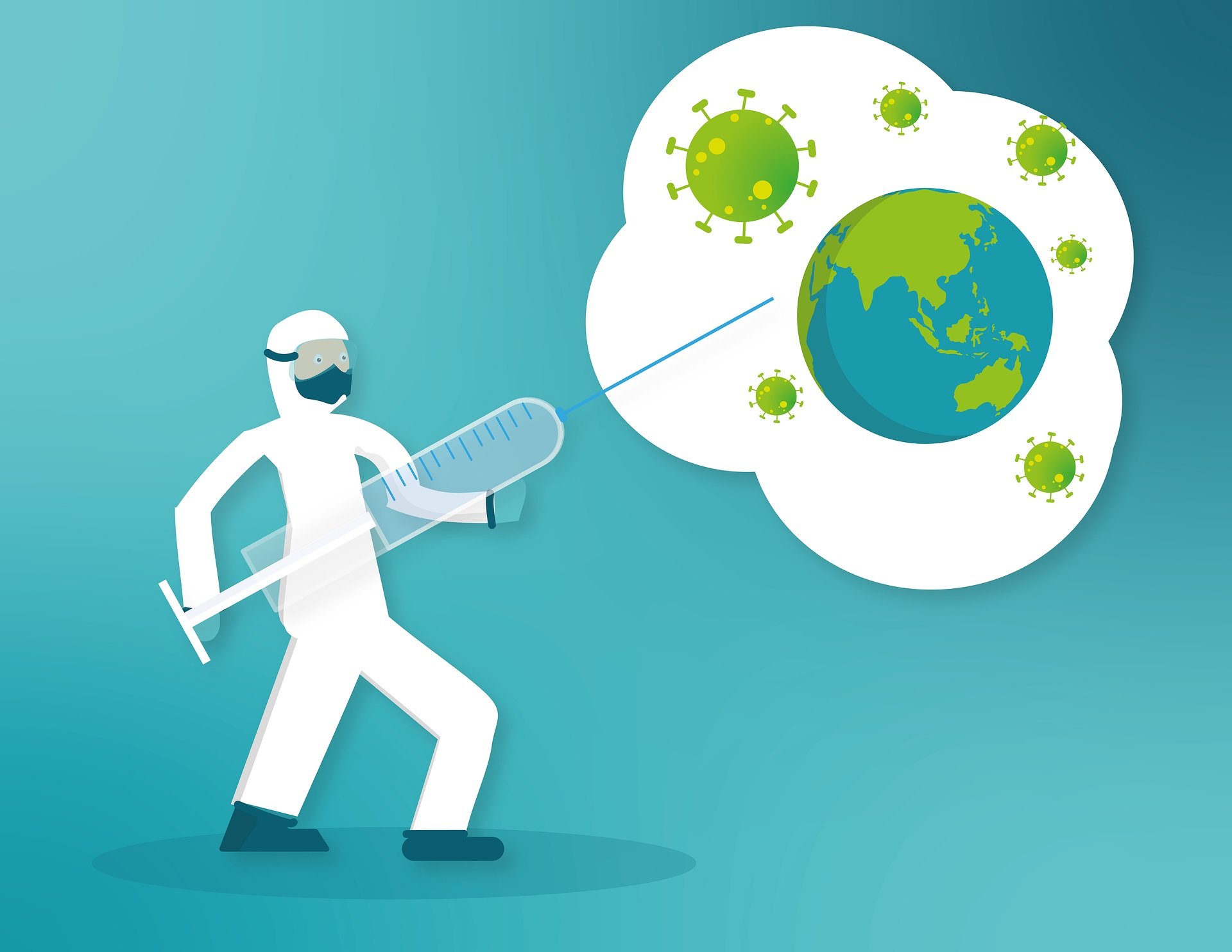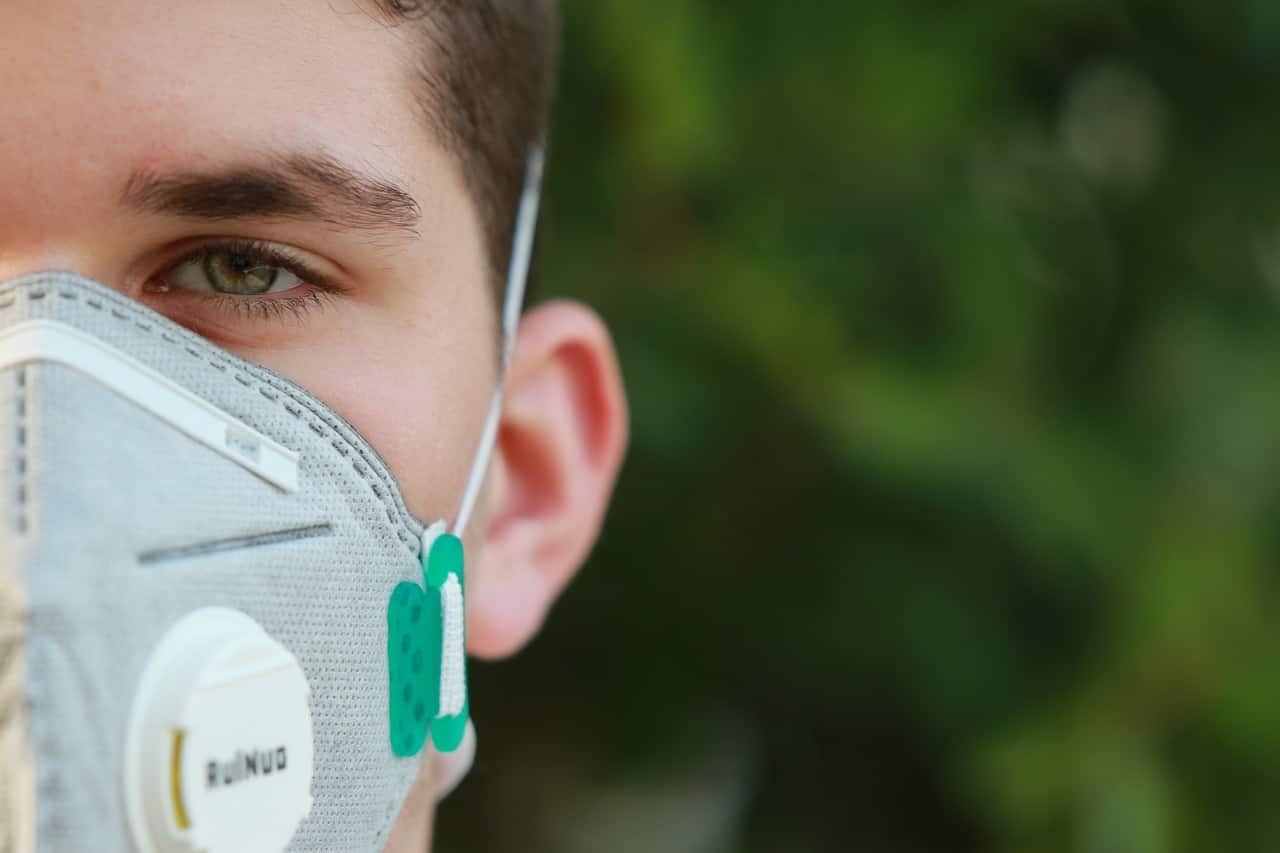
Science is recording more and more successes in the fight against the corona pandemic and the COVID-19 disease triggered by the SARS-CoV-2 virus, thanks to ever greater progress in vaccination. At the same time, drugs to cure COVID-19 continue to be in short supply. Two collaborative research projects at Goethe University in Frankfurt, Germany, are now dedicated to the search for new therapeutic approaches.
In the Target-RNA-antiV project, they want to explore together with Darmstadt University of Applied Sciences how to specifically disrupt the gene regulation of the virus. In the CoVmacro project, the researchers are working together with RWTH Aachen University, LMU Munich and Forschungszentrum Jülich (Jülich Research Center) to investigate how a protein important for virus replication can be blocked.
Target RNA-antiV
Target RNA-antiV is all about paralyzing SARS-CoV-2 with the help of small drug molecules. Research into new drugs often makes use of such molecules because they can penetrate human cells more easily than large ones. In addition, they can be readily synthesized without great effort. This means that one can search through entire libraries of such small molecules to identify those that bind to the target structure. Of course, this requires knowledge of the target structure of a virus.
The approach in the search for active substances in Target-RNA-antiV is directly on the viral genome RNA. Prof. Maike Windbergs and Prof. Harald Schwalbe of Goethe University and Dr. Julia Weigand of Darmstadt Technical University are building on the work of the international COVID-19 NMR consortium. Here, the researchers have already identified 15 regulatory elements in the genome of SARS-CoV-2 that the virus uses to control the course of infection in the human cell.
Of these 15, one is the focus of Target-RNA-antiV. It is a kind of “switch” that enables the virus to produce two different viral proteins from the same piece of genetic material (RNA pseudoknot element), the researchers explain. They now want to look for small molecules that can be used to block these switches, thus preventing the virus from producing a number of important proteins. To test which drug candidates are effective and how, promising candidates will then be sprayed onto 3D cell culture models of human lungs.
CoVmacro
In the CoVmacro project, on the other hand, the focus is on the viral protein nsP3. Among other things, this protein helps SARS-CoV-2 to inhibit the cells’ defense response. It is already known that the macrodomain of nsP3 can be a target for drugs. With the help of this macrodomain, the virus is able to prevent cells from activating signaling pathways for stress and defense reactions. In doing so, the viral macrodomain “prevents the sugar ADP-ribose from being attached to corresponding cellular signaling proteins in order to activate the signaling chain.”
Prof. Stefan Knapp of Goethe University, together with Prof. Bernhard Lüscher, Dr. Patricia Korn of RWTHAachen, Prof. Andreas Ladurner of LMU Munich and Prof. Giulia Rossetti of Forschungszentrum Jülich, is therefore trying to identify small molecules that can strengthen the cells’ own defenses by paralyzing the viral macrodomain.
This approach might also lead to therapeutic approaches for other viral diseases since the macrodomain has a very similar structure in many other coronaviruses – such as in hepatitis E viruses and alphaviruses such as the chikungunya virus.
The projects will be funded by the Volkswagen Foundation for a period of 36 months in total.
Also of interest:
Genes are a potential key to new COVID-19 treatments.
Special corona vaccine for people with cancer and immune deficiencies in clinical trials
New, promising candidates for coronavirus drugs
Can ultraviolet C rays render coronaviruses in aerosols harmless?







